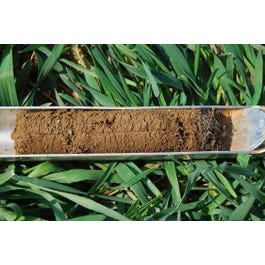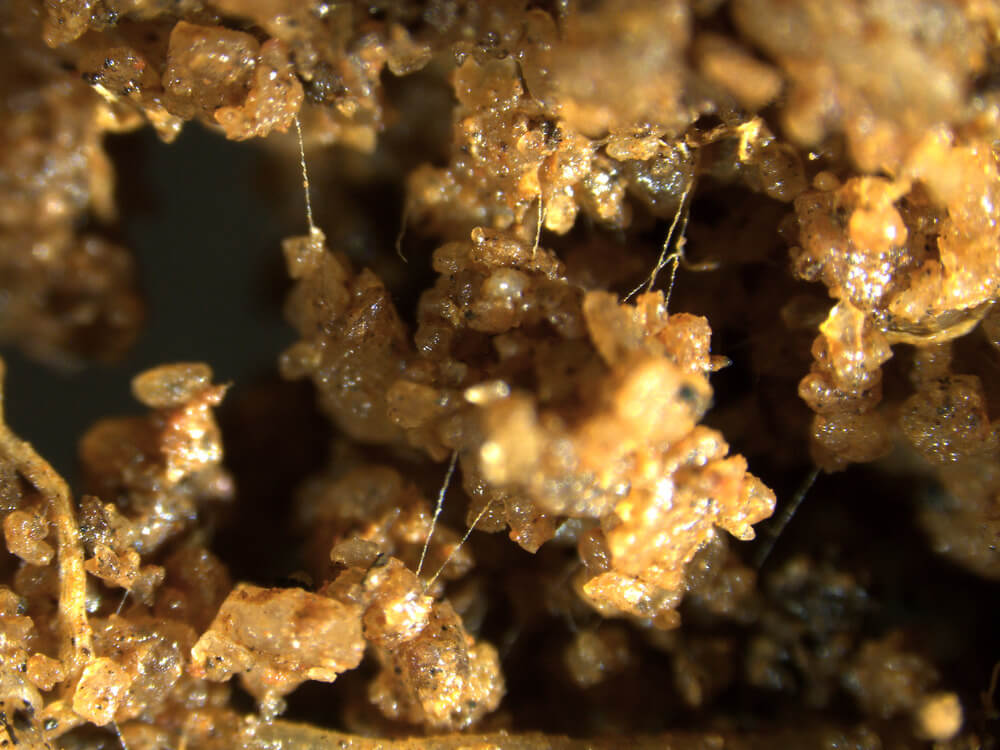CTM1
Active Member
Hard to believe a 2.5 gallon jug is equivalent to 1 ton of ag lime.
Saw one vid that said it only moved his PH .1% Of course you have to assume the person did his soil testing correctly and applied the product properly.
Most of the more scientific vids/articles I saw and read about so called liquid lime were really testing liquid calcium and not what Plot Dr. says is their liquid carbonate.
Any thoughts?
Thanks
Saw one vid that said it only moved his PH .1% Of course you have to assume the person did his soil testing correctly and applied the product properly.
Most of the more scientific vids/articles I saw and read about so called liquid lime were really testing liquid calcium and not what Plot Dr. says is their liquid carbonate.
Any thoughts?
Thanks
Last edited:


